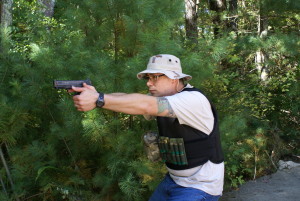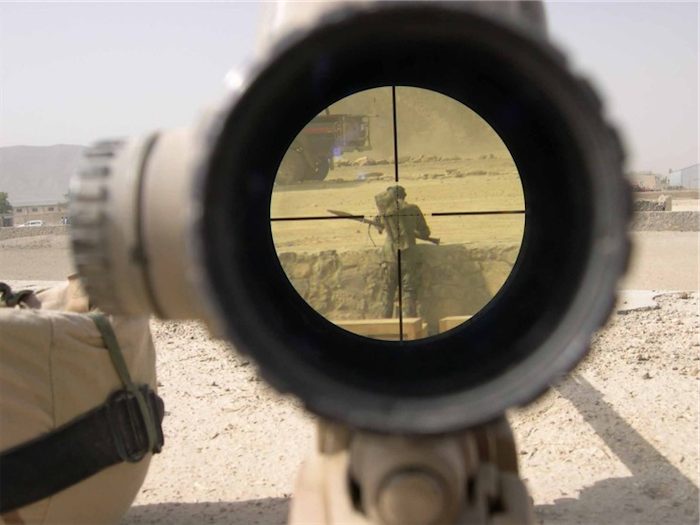 No matter how much experience handling a rifle you have, you should never become complacent: safety and caution is paramount for shooters of all levels. Body armor is, of course, essential when firing guns in any situation: whether due to ricochets or someone taking control of your weapon, bullet proof vests can mean the difference between life and death.
No matter how much experience handling a rifle you have, you should never become complacent: safety and caution is paramount for shooters of all levels. Body armor is, of course, essential when firing guns in any situation: whether due to ricochets or someone taking control of your weapon, bullet proof vests can mean the difference between life and death.
Bullet proof vests stop rounds by absorbing their energy on impact, slowing them to a halt – but vests can only protect against specific rounds. With five levels of protection available on today’s market (according to the NIJ’s current standard, 0101.6), how can you know which vest to use with your rifle? Below, we take a look at three of the most commonly-used rifle-round types, and which armor is best-suited to staying safe when firing them, or being fired upon.
.223 Remington
As one of the most popular rifle cartridges used in the United States, the .223 Remington is used in two types of firearm: varmint rifles and semi-automatic rifles (such as the AR-15). Typically, this type of round is used in home defense and law enforcement, being one of the cheapest available. Survival rifles also use .223 ammo. Numerous types of bullet are used with this cartridge, including Montana Gold 55 grain FMJ and Sierra 55 grain Spitzer Boat Tail.
To stay as safe as possible handling a rifle firing .223 Remington ammunition (across its various types), you need to wear a vest at level III or IV, featuring steel and ceramic plates respectively: depending on the specific type of .223 Remington, its velocity may be between 840 and 1,140 meters-per-second, and so could be too fast for safe use even with ballistic plates. Always be sure you have a firm understanding of your chosen rounds’ velocity before use.
.308 Winchester
This cartridge has been in use since 1952, and was designed to provide more reliable case-feeding and removal from machine guns and bolt-action rifles than other firearms – hugely beneficial when in high-pressure, life-or-death situations.
While numerous bullet-types can be used with this cartridge, wearing level III armor when firing .308 Winchester rounds will provide enough defense, with most fired at around 800 – 820 m/s. The 150gr Nosler tip round has a velocity of 860 m/s, so level IV vests should be used with these for maximum safety.
30-06 Springfield
The .30 caliber cartridge was first used in 1906, which is where the ’06’ originates from. There are various bullets in this caliber, include the armor-piercing M2, Ball M1906, Frangible M22 and Tracer M2. Multiple military firearms have used 30-06 cartridges in the past century, including the M1918 Browning Automatic Rifle and the M1941 Johnson Rifle.
Depending on the bullet used with your 30-06 cartridges, you may be able to wear a level III vest, with some velocities as low as 760 m/s (220gr RN). However, it’s generally recommended to wear armor at level IV to protect against all rounds of this caliber, with the highest velocity reaching 890 m/s. The ceramic plates will stop the round upon impact, but likely shatter – meaning replacements should be on hand. The force of such gunfire is likely to cause severe swelling and/or bruising.
Always take time to familiarize yourself with the velocity of you chosen ammunition in every shooting situation, to ensure you wear the right bullet proof vest to match it. For more info on body armor protection levels, click here.

